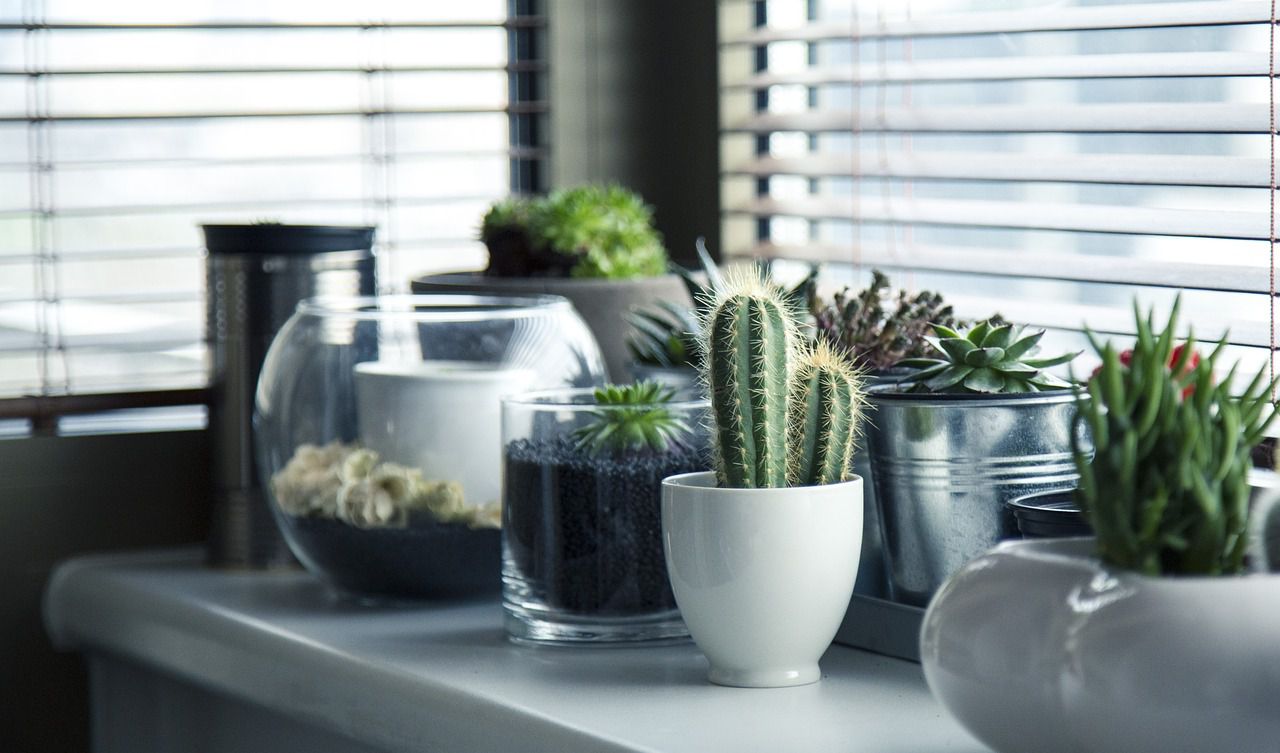Plastic windowsills are usually way cheaper than the ones made of natural materials.
But stone, wood, or other materials are more expensive for a reason, so choose wisely.
Here are some reasons not to pick the plastic windowsills.
Durability and Longevity
Plastic windowsills may not be as durable or long-lasting as windowsills made from materials like wood or stone.
Over time, plastic can become brittle, fade in color, and be prone to cracking or warping, especially when exposed to harsh weather conditions or prolonged sunlight exposure.

Aesthetics and Visual Appeal
Some people find that plastic windowsills can look less aesthetically pleasing compared to natural materials like wood or stone.
Plastic windowsills may have a synthetic or artificial appearance, which can detract from the overall visual appeal of a space, especially in homes with traditional or high-end architectural styles.
Environmental Concerns
Plastic windowsills are typically made from materials like polyvinyl chloride (PVC), which is derived from fossil fuels and can have a negative impact on the environment.
PVC production involves the use of chemicals and energy-intensive processes.
Heat Sensitivity
Plastic has a lower heat resistance compared to materials like wood or stone.
If exposed to intense heat, such as from hot objects or direct sunlight, plastic windowsills can warp, deform, or discolor.









